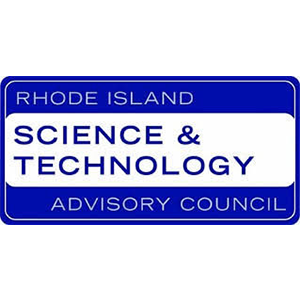| Funder | PI | Year | Duration | Location |
| Rhode Island STAC | Davies | 2020 | 12 Months | URI |
Summary
In this study, we propose to couple hydrodynamic models (computer simulations of water movement), the use of Lagrangian Drifters (trackable floats that move with the currents), spatial and time-series sampling at strategic locations within Narragansett Bay to develop a baseline understanding of microplastic pollution. We aim to determine: 1) The current level of microplastic pollution in Narragansett Bay by producing spatially-explicit risk maps that highlight hot-spots of microplastic contamination (RI-CAIM Research Thrust 1, Assessing Biological and Ecosystem Impacts). 2) Are current hydrodynamic models capable of resolving the dispersal of microplastic pollution within Narragansett Bay or are new innovations required? (RI-CAIM RT2, Predicting Ecosystem Response through Integration). 3) The presence and magnitude of temporally varying patterns in microplastic transport at strategic sites within Narragansett Bay (e.g. Castle Hill Pump Station) (RI-CAIM RT1). 4) Can we identify potential point sources of microplastics in the Bay through the use of hydrodynamic models, Lagrangian drifters and field sampling? (RI-CAIM RT1 and RT2).
Rationale
The first, and often critical step, for many research programs is to establish a baseline and a model system for study. In Narragansett Bay, we have a unique opportunity, it well studied, and we have a good understanding of its physical oceanography, marine ecology and socio-economics, and it is readily accessible for study. There are strong gradients of human population and oceanographic conditions, from the heavily urbanized northern Bay to the sparsely populated southern Bay, which we hypothesize will lead to spatially variable levels of microplastic pollution. There are multiple stakeholders interested in the distribution of pollutants throughout Narragansett Bay, ranging from academia, governmental and non-governmental agencies, aquaculture and other industries and waste water processors. There are also multiple funding agencies who aim to support research on microplastic pollution, including NSF (e.g. CHN2 program), NOAA (e.g. marine debris program) and New England Sea Grant offices amongst other funders.
By establishing a baseline understanding of the distribution of pollutants, providing insight into seasonal dynamics, and attempting to identify point source contributions will help establish Narragansett Bay as an ideal model embayment, and provide researchers with the opportunity to undertake exciting new research that will lead to the advancement of our understanding of the fate, transport and impacts of pollution within Rhode Island and beyond.
Research questions
- How well do hydrodynamic models coupled with Lagrangian dispersal estimates predict the spatial distribution of microplastics within Narragansett Bay?
- Can we identify potential sources of microplastics from hydrodynamic models, point time-series sampling and a spatial field survey within Narragansett Bay?
- Can we detect time-varying patterns of microplastic input into Narragansett Bay from time-series sampling at strategic points?

